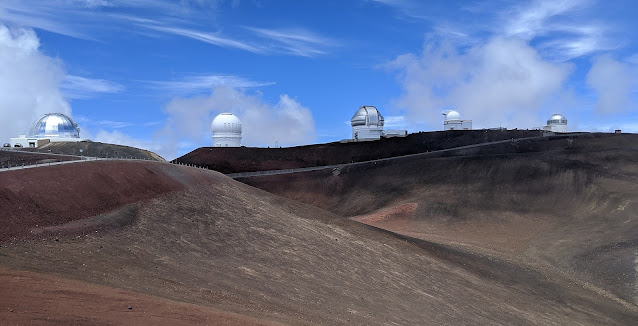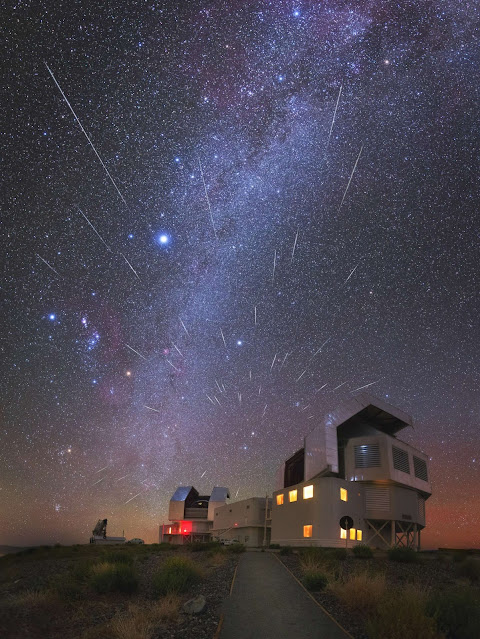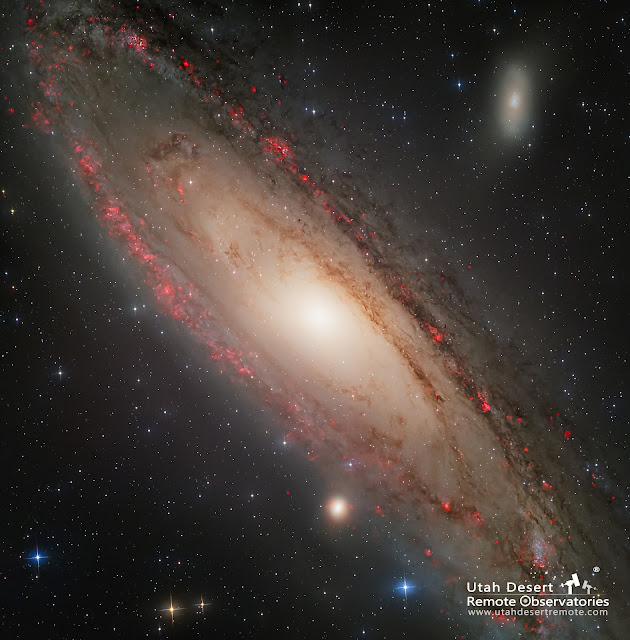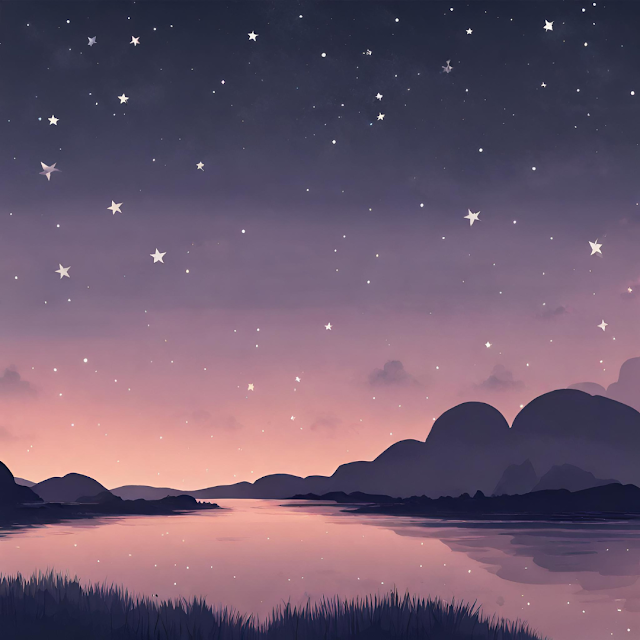Public Astronomical Observatories in the United States

The Mauna Kea Observatories (MKO) are a group of independent astronomical research facilities and large telescope observatories that are located at the summit of Mauna Kea on the Big Island of Hawaii, United States. Image By Leijurv - Own work, CC BY-SA 4.0 Astronomy has long held a fascination for people of all ages, and the United States is home to several world-renowned astronomical observatories that offer the public a chance to explore the cosmos. These observatories are not only places of scientific research but also popular destinations for visitors eager to peer into the universe. Here, we'll explore some of the most popular astronomical observatories in the United States, providing a glimpse of the wonders that await the curious stargazer. Griffith Observatory, perched atop the southern slope of Mount Hollywood in Los Angeles, California, is a beloved icon of astronomical exploration. With its stunning architecture and breathtaking panoramic views of the city, it's






